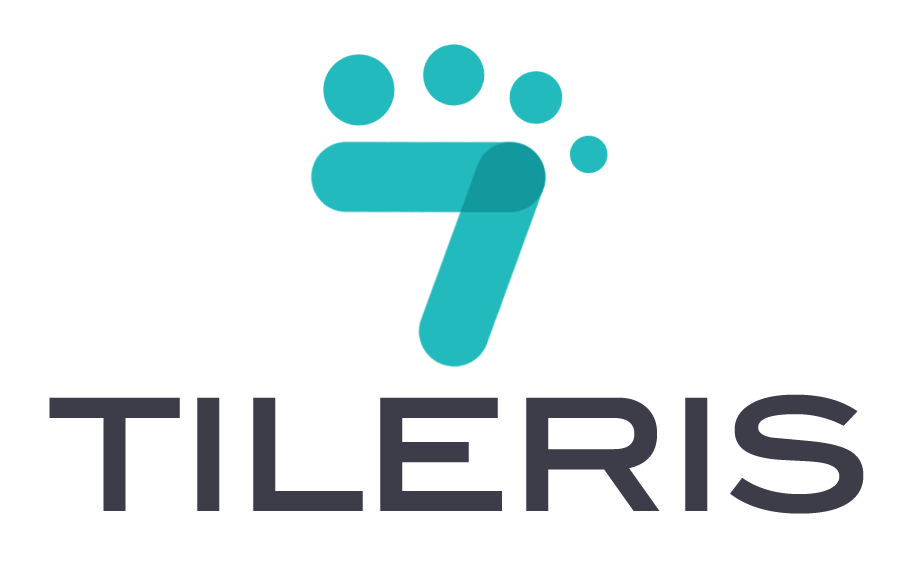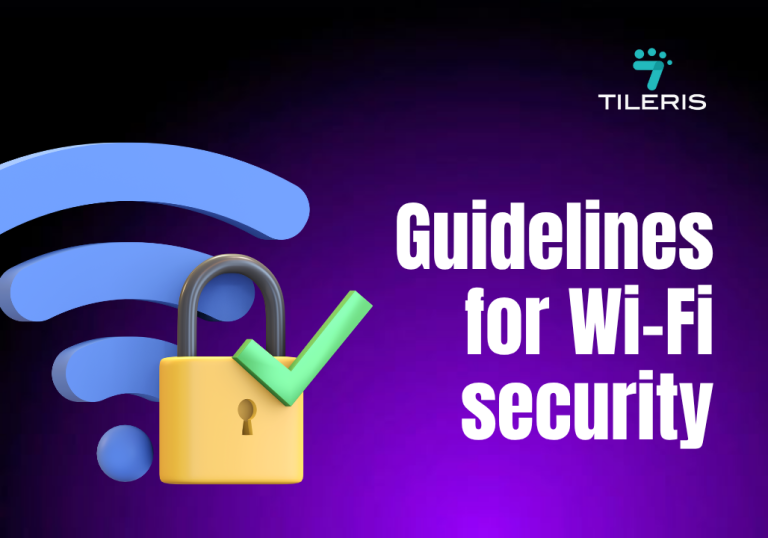GRC Vs OT – Know the Difference
Introduction
Ever felt like you’re speaking two different languages in the same meeting? Perhaps you’ve been in a discussion about cybersecurity, and someone from the factory floor raises concerns that sound worlds apart from the IT department’s priorities.
It’s a common scenario, and it perfectly encapsulates the fundamental GRC and OT differences that many organizations grapple with today. It’s not just about acronyms; it’s about fundamentally different operating philosophies, risk appetites, and even the very definitions of “failure” and “success.”
For too long, the world of GRC (Governance, Risk, and Compliance) has largely been synonymous with IT. We think of data breaches, network vulnerabilities, and regulatory mandates like GDPR or PCI DSS. And rightly so, these are critical. But beneath the surface, in the humming factories, the vast energy grids, and the intricate transportation networks, another world operates with a different set of rules, a world we call Operational Technology, or OT.
Understanding the nuanced GRC and OT differences is no longer a luxury; it’s an absolute necessity for robust organizational security and resilience. Let’s peel back the layers and explore why these two domains, while increasingly intertwined, require distinct approaches.
Navigating the GRC and OT Differences
Before we dive deeper into the complexities, let’s establish a common ground. Imagine GRC as the grand architect of an organization’s ethical and strategic backbone. It’s about setting the rules, identifying potential pitfalls, and ensuring everyone plays by the book.
It’s the framework that helps you achieve your objectives reliably, address uncertainty head-on, and always act with integrity. Think of governance as the company’s moral compass and strategic roadmap; risk management as the diligent scout identifying threats and opportunities; and compliance as the unwavering commitment to legal, regulatory, and internal standards. GRC, at its heart, is about systematic oversight and assurance. It’s the integrated approach that ensures your organization isn’t just surviving, but thriving responsibly.
Now, shift your gaze from the boardroom to the control room. OT, or Operational Technology, is an entirely different beast. This isn’t about managing spreadsheets or email servers. OT is the beating heart of industrial operations. It’s the hardware and software that directly monitor, control, and manage physical processes, devices, and infrastructure.
We’re talking about the Programmable Logic Controllers (PLCs) orchestrating manufacturing lines, the Supervisory Control and Data Acquisition (SCADA) systems overseeing power grids, the Distributed Control Systems (DCS) fine-tuning chemical plants, and all the sensors, actuators, and robotics that make our modern world function. When an OT system falters, the consequences aren’t just data loss; they can be catastrophic: physical damage, environmental disasters, widespread service outages, and, most tragically, loss of human life. This inherent danger fundamentally shapes the GRC and OT differences in terms of risk tolerance and priorities.
Why the GRC and OT Differences Matter in Risk Management
When an IT system experiences a breach, the primary concerns are typically data confidentiality, integrity, and availability (the “CIA triad”). Sensitive customer information might be stolen, financial records corrupted, or website access disrupted. These are serious, no doubt. The financial and reputational damage can be immense.
However, in the OT world, the “CIA triad” takes a backseat to the “ASIS triad”: Availability, Safety, Integrity, and Security.
Notice “Safety” is front and center. A cyberattack on an OT system might not just leak data; it could cause a turbine to overspeed and explode, a chemical valve to open dangerously, or a train to derail. The consequences escalate from financial loss to physical destruction and human casualty. This profound divergence in the nature of potential harm is a cornerstone of the GRC and OT differences.
Consider a hypothetical scenario: a ransomware attack hits an IT network. Data is encrypted, and operations grind to a halt. The GRC team springs into action, focusing on data recovery, breach notification, and reputation management. Now, imagine a similar attack, but targeting the control systems of a water treatment plant.
Suddenly, the focus shifts to maintaining the flow of clean water, preventing toxic discharges, and ensuring public safety, even if it means foregoing traditional IT recovery protocols. The risk management strategies, incident response plans, and ultimately, the governance decisions, must reflect this vastly different threat landscape.
In IT, you worry about losing data. In OT, you worry about losing limbs, or worse, entire communities. This stark reality underscores why standard IT GRC practices often fall short when applied unmodified to OT environments. The fundamental GRC and OT differences necessitate a specialized lens for risk.
A Defining Aspect of GRC and OT Differences
Walk into any modern office, and you’ll likely see computers replaced every few years, software updated monthly, sometimes even weekly. IT thrives on agility, rapid iteration, and continuous improvement. The expected lifespan of an IT server might be 3-5 years, maybe slightly more. This fast pace allows for quick adoption of new security patches and features.
Now, step onto a factory floor. You might encounter PLCs or SCADA systems that have been in operation for 15, 20, or even 30 years. These systems were built for resilience and longevity, not necessarily for easy connectivity or frequent software updates. They might run on outdated operating systems that no longer receive vendor support, or communicate using proprietary protocols that IT security tools simply don’t understand.
Why the long lifespans? Because these systems are incredibly expensive to replace, require significant downtime for installation and testing which halts production, and are often deeply embedded into complex physical processes where even minor changes can introduce instability or safety risks. This longevity creates a significant hurdle when addressing the GRC and OT differences.
How do you ensure compliance with modern cybersecurity regulations when your core systems predate the internet as we know it? How do you manage risks associated with unpatchable vulnerabilities without causing operational disruptions?
The GRC framework for OT must account for these legacy systems, incorporating strategies like network segmentation, isolated “air-gapped” environments where feasible, and continuous monitoring for anomalous behavior rather than relying solely on frequent patching. It’s a bit like trying to put modern seatbelts into a vintage car, it requires creative, often bespoke, engineering solutions that respect the original design while enhancing safety.
The Consequence of Downtime: A Crucial GRC and OT Difference
For an IT network, downtime is certainly costly, lost productivity, missed sales, reputational damage. Businesses work tirelessly to minimize it. But for many OT environments, downtime isn’t just costly; it’s catastrophic.
Imagine a power plant going offline during a heatwave, or a chemical plant halting production mid-process. The financial losses can skyrocket into millions per hour, not to mention the potential for irreversible damage to equipment, hazardous material spills, or widespread public impact.
This unwavering demand for uptime and reliability deeply influences the GRC and OT differences in security practices. While an IT team might schedule a system-wide patch for a weekend, an OT team might only have a narrow window for maintenance during a planned annual shutdown, if at all. Security updates, penetration testing, and vulnerability scans must be meticulously planned and executed, often with parallel test environments that precisely mirror live systems, something less common in many IT setups.
The “fail-safe” often takes precedence over the “patch-fast” mentality. The governance structure in an OT GRC program must reflect this reality, prioritizing operational continuity above all else, while still striving for the highest possible level of security. It’s a delicate balance, a constant negotiation between “secure it” and “keep it running, no matter what.”
Bridging the GRC and OT Differences
Perhaps one of the most fascinating aspects of the GRC and OT differences isn’t just about technology, but about people and culture. IT professionals are often trained in data management, network protocols, and software development, with a strong emphasis on cybersecurity best practices that prioritize data integrity and confidentiality. They speak the language of firewalls, encryption, and cloud security.
OT professionals, on the other hand, often come from engineering backgrounds: electrical, mechanical, chemical. Their expertise lies in process control, machinery, and physical safety. Their primary concern is keeping the plant running safely and efficiently. Cybersecurity, until recently, might have been an afterthought, or seen as an impediment to operational flow. They speak the language of pumps, valves, and process variables.
Bridging this cultural divide is paramount for effective GRC in an OT context. It requires empathy, education, and a shared understanding of goals.
IT teams need to appreciate the unique constraints and operational imperatives of OT. OT teams need to understand the evolving cyber threats and the importance of security protocols. Governance within this merged domain necessitates creating common ground, developing cross-functional training programs, and fostering a collaborative environment where security is seen as an enabler of safe operations, not just a barrier.
A successful GRC program recognizes that the GRC and OT differences in culture must be addressed with deliberate strategies, ensuring that both teams contribute their unique expertise to a unified security posture.
The Path Forward: Converging on a Unified Security Posture
So, how do we reconcile these fundamental GRC and OT differences? The answer isn’t to simply apply IT GRC templates to OT. That would be like trying to run a marathon in swimming flippers, possible, perhaps, but certainly not optimal. Instead, it requires a tailored, integrated approach that respects the unique characteristics of each domain while fostering collaboration.
- Tailored Risk Assessments: Conduct risk assessments specifically designed for OT environments, considering the physical, safety, and environmental impacts alongside cyber risks. Recognize that the GRC and OT differences in risk appetite are profound.
- Specialized Compliance Frameworks: Embrace and integrate industry-specific OT security standards like IEC 62443, NIST SP 800-82, and local regulatory requirements. These are specifically designed to address the unique GRC and OT differences.
- Holistic Asset Management: Gain complete visibility into all OT assets, including legacy systems, and understand their interdependencies. You can’t protect what you don’t know exists.
- Network Segmentation and Isolation: Implement strong network segmentation between IT and OT networks, and even within OT networks, to contain potential breaches and limit their blast radius. This is a crucial strategy given the GRC and OT differences in system vulnerabilities.
- Robust Incident Response for OT: Develop incident response plans that specifically account for OT incidents, prioritizing safety and operational continuity, and involving both IT and OT personnel.
- Cultural Alignment and Training: Invest in cross-training programs that educate IT staff on OT basics and OT staff on cybersecurity fundamentals. Foster a culture of shared responsibility. This human element is critical in overcoming the perceived GRC and OT differences.
Conclusion
In the past, the GRC and OT differences allowed for a comfortable separation. But in our hyper-connected world, where factories are smart, grids are digital, and infrastructure is increasingly reliant on interconnected systems, that separation is dissolving. The WannaCry and NotPetya attacks, which significantly impacted industrial operations globally, served as stark reminders that cyber threats do not respect the traditional IT/OT boundary.
While these attacks weren’t specifically targeting OT, their lateral movement and collateral damage highlighted the inherent vulnerabilities when GRC and OT differences are not appropriately managed.
The future of organizational resilience lies in a unified security strategy that acknowledges and addresses the GRC and OT differences with precision and foresight. It’s about building a bridge between the boardroom and the factory floor, ensuring that governance, risk management, and compliance efforts are comprehensive enough to protect every vital aspect of the organization, from data in the cloud to the whirring machinery that powers our world.
It’s a journey, not a destination, but one that every responsible organization must embark upon to thrive securely in the digital age.
Ready to Strengthen Your Cybersecurity?
Want to take your cybersecurity to the next level? Start by downloading our free security checklist, it’s packed with simple steps to help you stay protected online. Just head over to tileris.com to grab your copy.
If you’re looking for more hands-on support, you can also request a free consultation, our experts are ready to guide you. Or, if you’d rather see how Tileris works in real time, go ahead and request a demo through our contact form.







